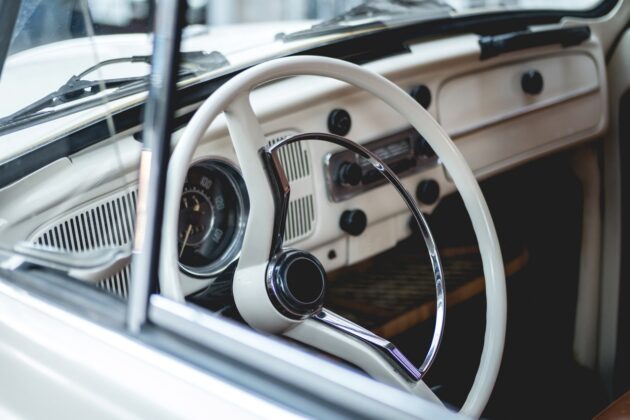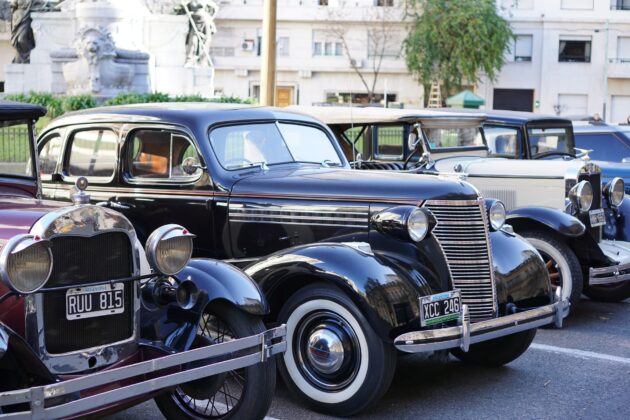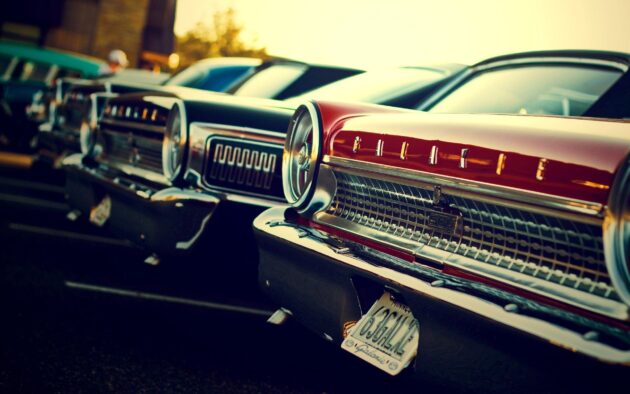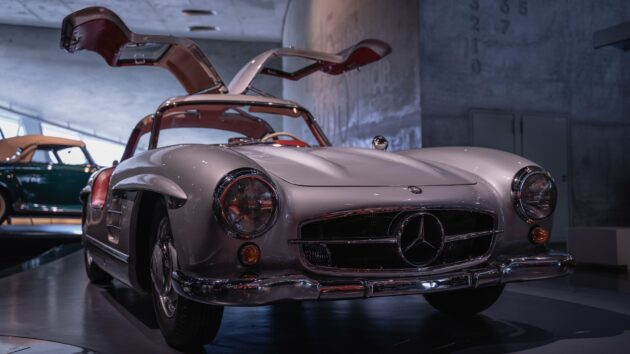The land is green for investors in the modern world; there’s literally nothing you cannot invest in. However, rare cars will probably be the last thing your mind considers when you think of investments. For one, these are old, antique cars that look like the world has rejected them. But, also, there’s the question of whether there’s any value in engaging in such kinds of investments. However, the trick with classical vehicle investments is getting the right one.
Classical cars are profitable investments if you do things right. With the right rare auto, you can make up to £20,000 a year; shocking, right? But, the capital for this investment is high and could cost you your whole bank account. Nevertheless, if you have the money to buy Tether or any digital coin, you’ll soon be making waves and you can find out more at Paybis.
What Makes a Car Classic?

Source: pexels.com
Classic vehicles are considered collectibles. When a vehicle is old but has historical importance and is beautiful, it can be considered a classic. Moreover, a classic auto is rare; they’ve been discontinued and are no longer on the market. However, they are still strong, and they bring back good memories.
Nevertheless, a rare vehicle doesn’t have to be beautiful. In fact, most classic cars are old and worn out; good looks are only an advantage. That’s because classical autos often undergo a makeover to restore the beauty they once had – or make it better.
The car’s age is the most significant determinant of rare autos; a classic vehicle should be at least 25 years old. The Classic Car Club of America defines rare autos as distinctive or fine vehicles produced between 1915 and 1948. However, different countries have their particular definition of rare cars; they have criteria for classifying a vehicle as a classic.
For example, New York considers vehicles at least 25 years old rare, while they should be at least 30 years old in Montana.
Classic Car Market: Can They Be Considered an Investment?

Source: unsplash.com
Investment generally means purchasing something and leaving or storing it to amass wealth and increase value. People purchase old and antique cars, give them a makeover, and leave them to be sold later. So, yes, rare autos can be considered an investment. Moreover, although most people prefer the latest vehicle designs and technologies, there are still people who desire to use their old models.
People invest in classic cars long-term and short-term; the longer the investment time, the bigger the returns. More so, rare autos are appreciated, unlike most autos. However, there are certain qualities a vehicle must possess to make it valuable and interesting to collectors. Classic autos can generate a truckload of investment returns if done smartly. For someone who understands the rare auto market, making it big in this investment is a piece of cake.
Moreover, there is an increase in the number of wealthy people worldwide interested in rare vehicles. Classic cars do better than other collectibles like stamps, even the broad stock index. The broadest rare vehicle index is the HAGI Top Index, tracking vintage classic vehicles from Ferrari, Porsche, and several other brands. The index was up 33.78% in 2019 and increased by 6.19% in 2020, despite the pandemic.
Classic autos like Hispano-Suiza, Rolls-Royce, Jaguar, and Delahaye are on the high end of the rare vehicle market, selling for over $1 million. More so, brands not known for high-end products like Toyota built from 1967 to 1970 may become collectible. If these autos become collectibles, they’ll likely go for at least one million dollars.
Investing in scarce autos requires huge capital, going six figures. If you consider the capital, you’d probably want to steer clear. But, if you’re more for long-term wealth, you’d find rare cars a worthy investment. Nevertheless, rare vehicle investment is not without its risks.
What to Look for in a Classic Car for Investment

Source: guardianautotransport.com
If you want to invest in rare cars, there are things you must note to reap the full benefits – or most, at least. There’s never a guarantee in any investment, but some factors better your chances. Moreover, investing wisely has always been the best advice for any investment, and rare autos are not exempted.
-
The demand for the automobile.
Before you get involved with any auto, you should consider the demand and supply rate of the automobile. This is very important because how well a vehicle is demanded determines how much it will cost. The demand for the vehicle can also determine the ease of getting vital parts which should be a major consideration.
Consider how much attention the vehicle model enjoys. You want a vehicle model that is still popular despite its years. If the vehicle still gains much attention over some new models, that’s a very good sign. That means the car’s got something worth investing in; you’re banking on that special something.
-
The car’s rarity.
The higher the demand for an auto, the rarer it gets. When something becomes rare, it holds much value; many people want it. Watch out for rare cars as they’re potential classical autos. Nevertheless, that they’re rare doesn’t mean they’ll be expensive to purchase. Your best bet would be to negotiate with the original owners of those cars looking to discard them. You’ll likely get the vehicle for less than you would if you were buying from a dealer or collector.
-
How’s the design and technology?
If the auto is beautiful or at least attractive, it’ll likely be worth something tangible in a few years. However, you must know that, relating to models, beautiful and attractive are relative terms. Memorably-designed cars are often the best for rare auto investment. Meanwhile, do pay attention to the tech on the auto; for example, features or gadgets that made the vehicle rule the world in its time. These can add a unique appeal to the car, increasing its chances of becoming scarce.
-
The story behind the car.
The story can be its selling point and give it value as a rare. For example, a celebrity or public figure has owned the vehicle once before, especially if it is someone the world reveres. Consider a classic auto with a story people will be interested in.
-
The X Factor
How was the vehicle in its time: did it change or challenge the face of the market? Did it get mouths talking? How ground breaking was its functionality, or was it at all? If the answers to all of these are yes, they are a safer and better bet. Nevertheless, there are still no guarantees.
Final Word: Who Can Invest in Classic Cars?

Source: unsplash.com
Whoever is willing to ignore the risks and focus on the benefits of classic can invest. There is an old auto for every budget. As a rule, the cost of buying a rare determines how much interest you’ll get on it.
However, some insurance companies are skeptical about insuring young people on classical autos. Young people are considered higher-risk drivers, and these companies are not willing to stake high-value classics on them. Besides being very expensive, rare autos typically have larger engines than new models. As such, insurance companies are not willing to take responsibility for an inexperienced driver who’s had an accident.
Nevertheless, there are insurance companies that provide young drivers with specialist old policies. Furthermore, acquiring a rare auto is easier if you have a vehicle already and a garage; leaving them outside reduces their value. In addition, if you will invest in a scarce car, you will need a high level of patience. But, if you’ve considered everything and you’re still interested, then no one can stop you.



